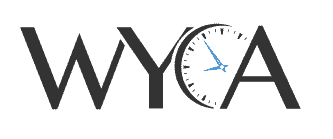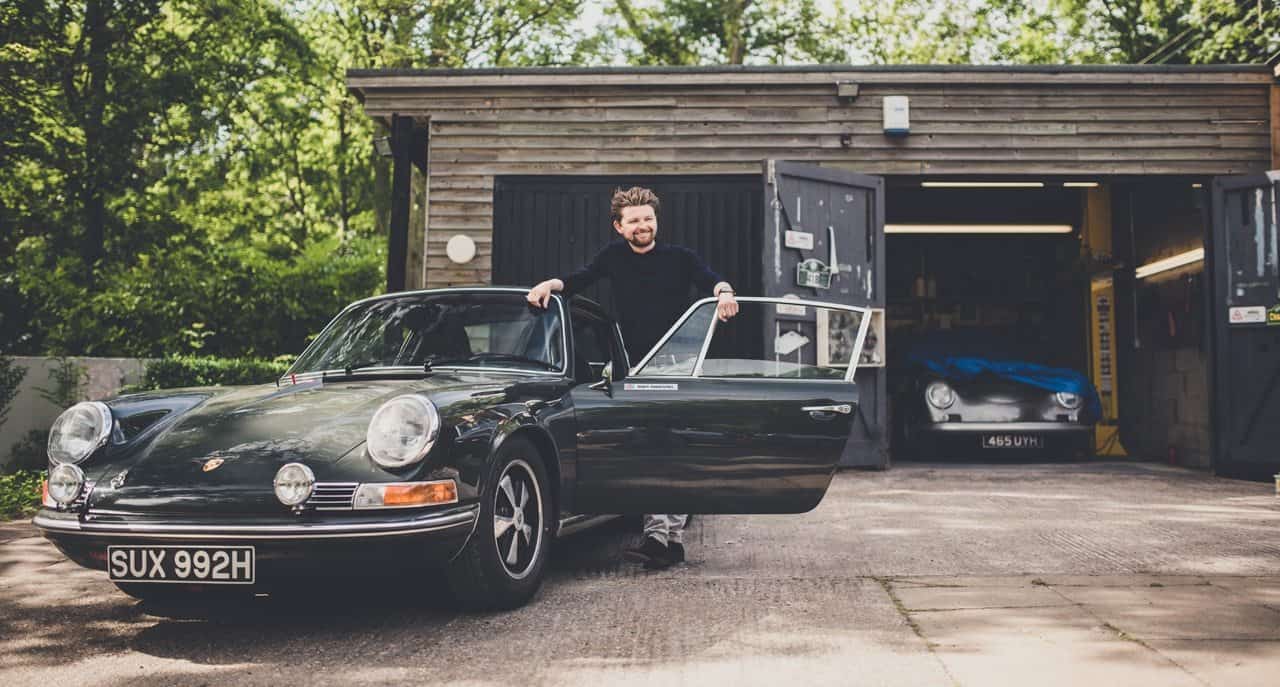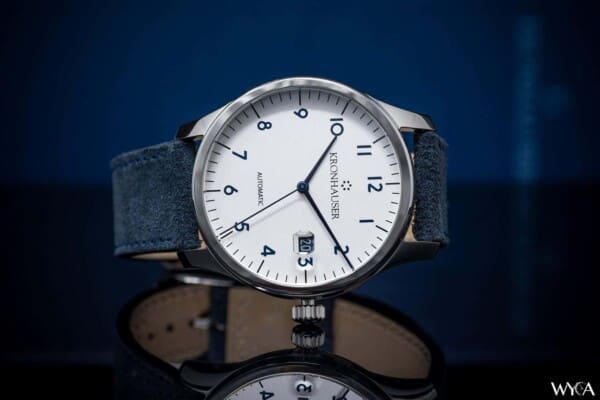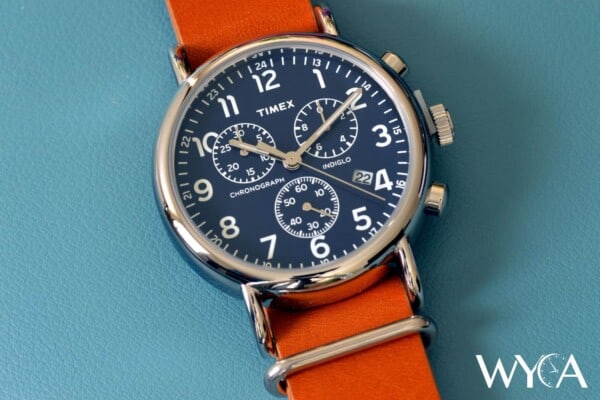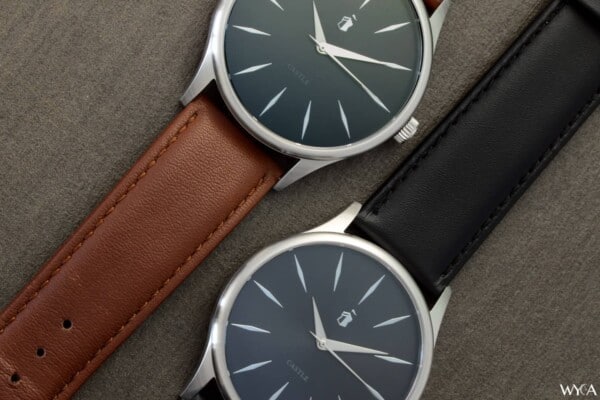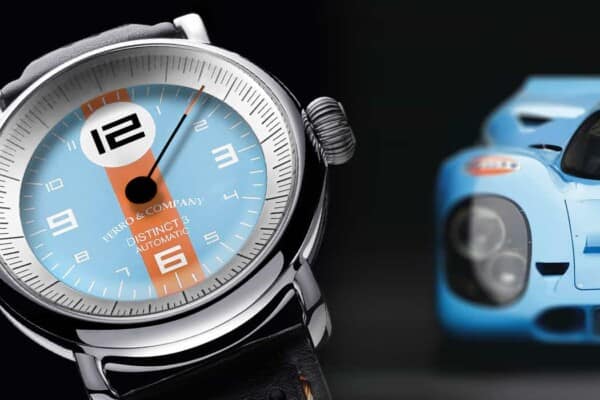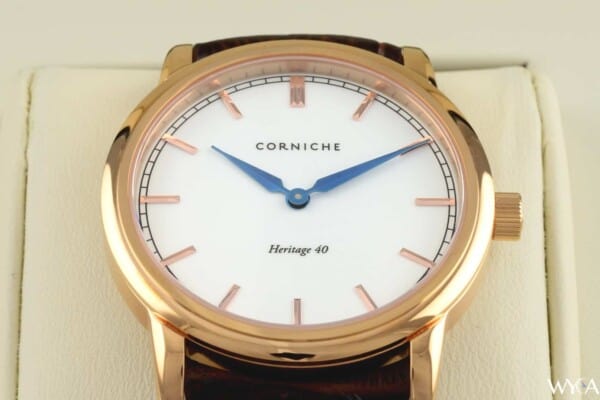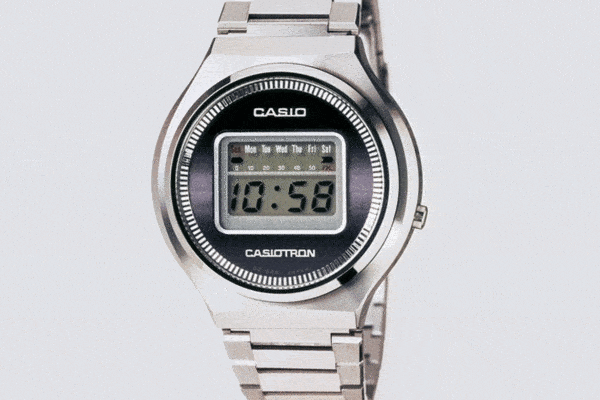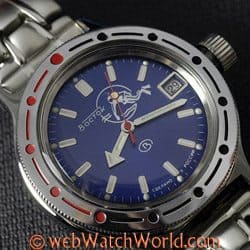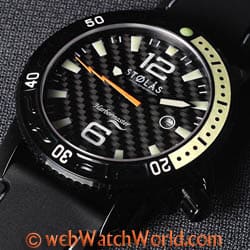Matthew Humphries has plotted a path that might seem like something one finds in an astrological star chart. If we can glean anything from his trajectory to success, it is that he has a clear vision for design. The automotive and timepiece designer has put his hands to good work crafting just the sort of cars and watches that most of us dream of.
Today Matthew Humphries Design has a stunning constellation of timepieces that pull from his love of cars, the 60s, and the 70s. We had a chance to speak with Humphries about his life at the helm of the new watch brand and its latest new timepiece the MHD CR1 Panda dial chronograph.
WYCA: MHD is certainly an extension of who you are as Matthew Humphries the designer and entrepreneur. Who is Matthew Humphries when it comes to being a man who is passionate about cars and timepieces? Did you know as a boy that one day you’d be designing the two things that can define a man: cars and timepieces? Were any of the men in your family watch lovers? Any timepieces passed down to you as a kid growing up?
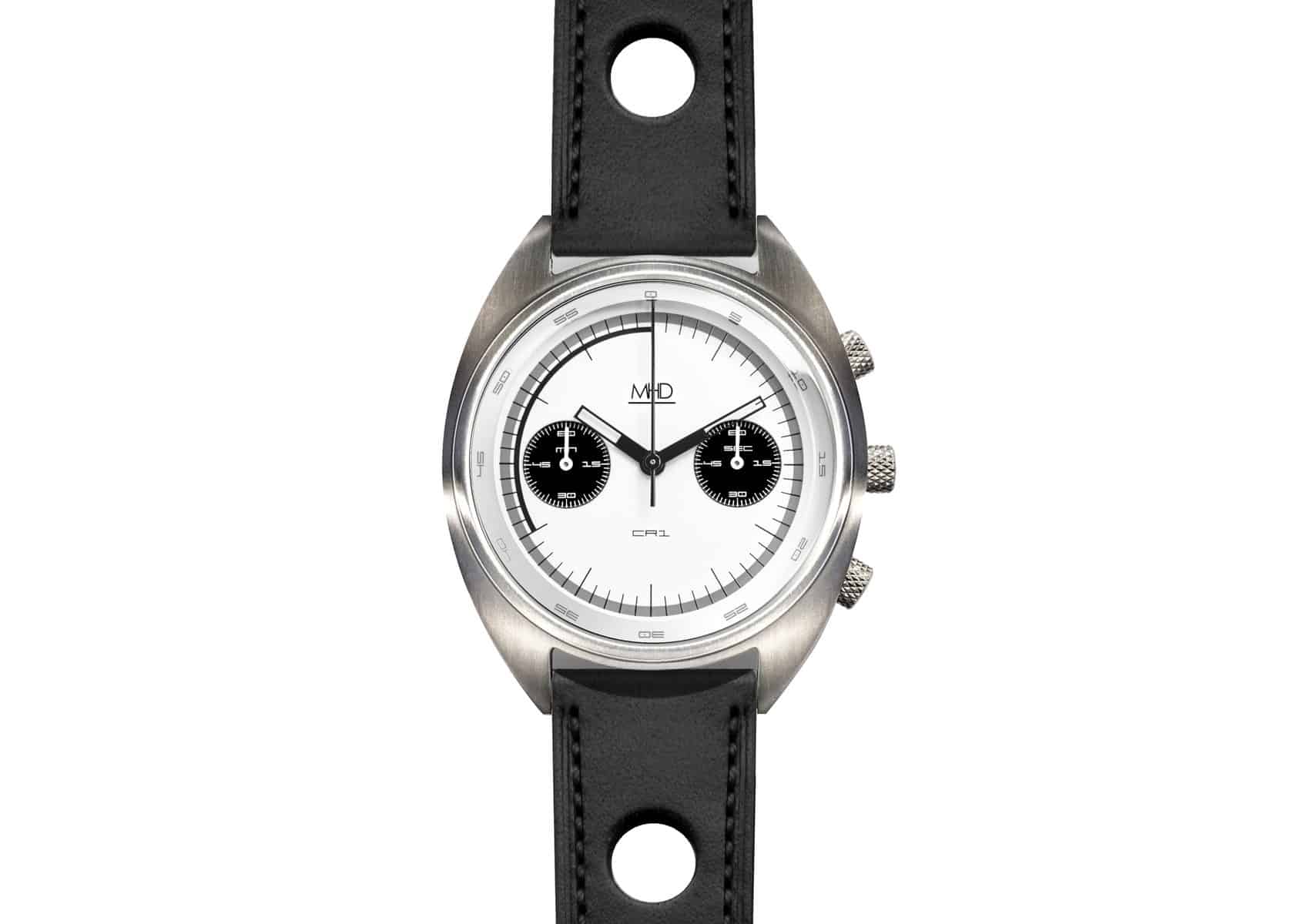
MATTHEW HUMPHRIES: I have been a petrol head since a young age. My father had classic cars. And from the age of 4 when I was taken out in his mint green Citroen ds21, I was hooked. I used to make paper cars that I would sit in and I would pretend that I was in the film Grand Prix.
I am very dyslexic and so leaned towards the artistic studies at school. It was clear I was not going to be an accountant. I went on to study vehicle design at Coventry in the UK and in my 3rd year I managed to get a work placement at Morgan Cars. I was the first designer to work at the factory and was lucky enough to work with Charles Morgan who believed in my work. This is how I came to design the Morgan Aeromax as a student.
After leaving Coventry University I went back to Morgan and set up Morgan Design in-house Studio where I worked for 10 years and designed cars such as the Morgan 3-wheeler and Aero Super Sports.
My father also has a love for classic watches. I have a collection of classic 1950’s watches that he bought me as presents over the years.

WYCA: There is something oddly storybook about your evolution as a designer both in the automotive industry and now in the timepiece sector. For readers who aren’t quite so familiar with Cheltenham, it’s a tranquil area in the UK. Not the first place we think of for playing host to designers such as yourself. How did you find yourself suddenly crafting these stellar looking cars that someone like a Sean Connery era James Bond could be driving in a place like Cheltenham? And then thereafter timepieces that are heavily informed and inspired by the 60’s and 70s?
I grew up in Worcestershire near Malvern. This is where Morgan cars are based. Whilst I was working there I always used to visit Cheltenham as I loved the Regency architecture and the surrounding Cotswolds. When I went freelance, my wife and I decided to have a change and move there. I still work in London 2 days a week but love escaping back to our Regency townhouse in Cheltenham. It’s a beautiful town. I think all designers are influenced by their environments and I’m sure Regency Cheltenham does influence a certain style of the vehicles and watches we make.
WYCA: What seems evident is that the common thread between your work in both sectors has been focused on curating an elegantly refined look, a style if you will. What is this style X factor you’ve got? How would you express to a stranger what makes up a Matthew Humphries design? And when did you look back and say “Bingo, this is who I am!”?
I think all designers are influenced by their surroundings and passions. I’m a great fan of classic cars and simple, elegant design. I find art deco just too much and a pointless exercise. When you look at a block of a Bugatti type 35 engine it is perfect in aesthetic and function. I try and keep to this idea/principle in all designs.
WYCA: Walk us through a typical brainstorming session with you and your fellow creatives at MHD. Where do your ideas come from? How do you get them to paper? And ultimately how do we end up with something as lovely as the Panda CR1?
I like to gather information and ideas all the time and keep a reference record of them. With the watch design, I store influences away. And over time, I gather up the ideas until it all comes to a point I’m set to draw. I try and have in the mind bank what the next design is for the future a long time in advance. This does tend to change along the way as new influences and ideas arise.
I also think that every design process tends to be different. I work to a design plan with goals and timings, but it always naturally adapts and changes. The other thing is just not to be scared to make mistakes. It’s the best way to learn when designing.
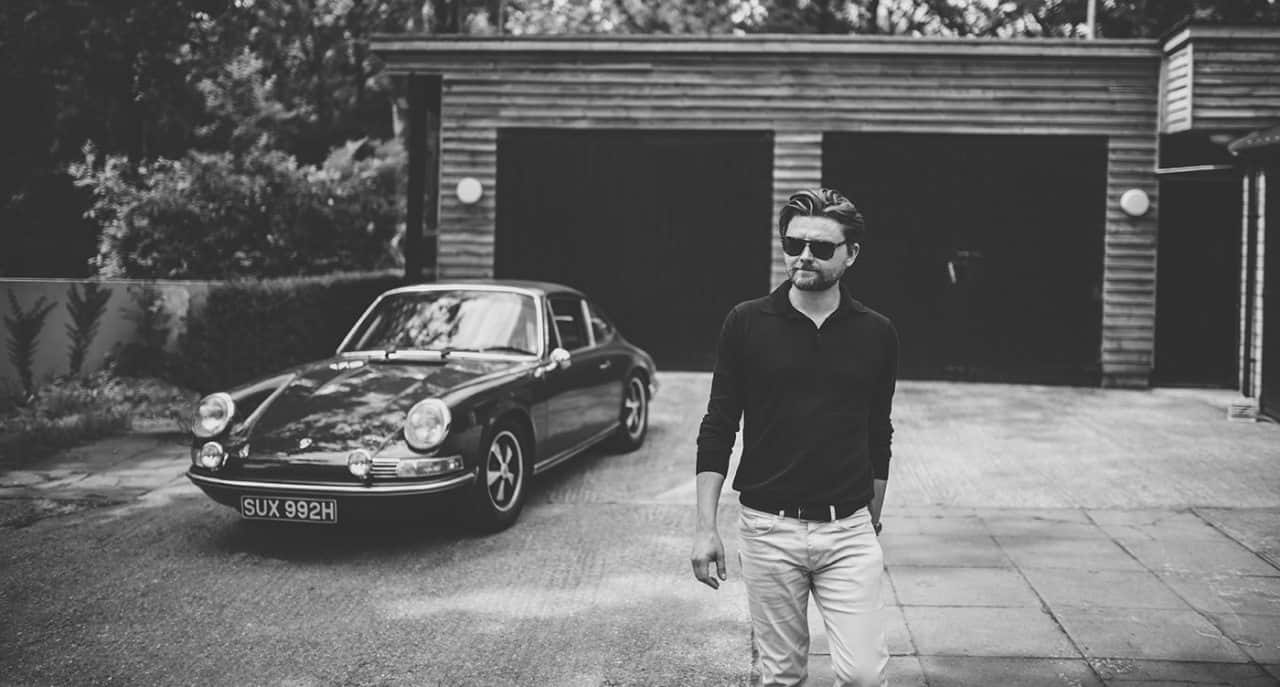
WYCA: There are some very specific choices you made with the Panda. You make a nod to racing with the nuanced calfskin racing strap. And the dial and reverse dial variations point back to post mod era 60s and 70s we earlier mentioned. How did the Panda come about? If you could choose a car that aligns perfectly with the Panda which one would it be? Who will wear the Panda? And what is your favorite personal detail about the Panda CR1?
The Panda dial CR1 takes influence from many of the classic Chrono watches from the 60’s and 70’s. We wanted to capture this whilst adding a modern feel to the dial graphics. I am most pleased with the simple but bold look of the watch. When it comes to car or watch design it’s all about proportions. The wheelbase to overhang proportions, or body side to glass house proportion; or when it comes to a watch the lug length to case diameter.
WYCA: Imagine that you’ve been sequestered in an empty room with only a sketchpad and pencil. You’ve been told to create a singular timepiece for every kind of man. What are the elements you would say are pivotal for such a timepiece? How do you visualize such a timepiece for a rather nonspecific kind of man before you physically create it?
I think I would keep things clean, functional, and simple. If these elements are produced correctly it should also be proportionally correct and elegant in its execution.
WYCA: Talk to us about the MHD lookbook of timepieces. These timepieces are elegantly nuanced yet accessible. What is the DNA of the MHD collection? How important is it to create a lookbook that ranges in looks but doesn’t lose the overall integrity of the brand?
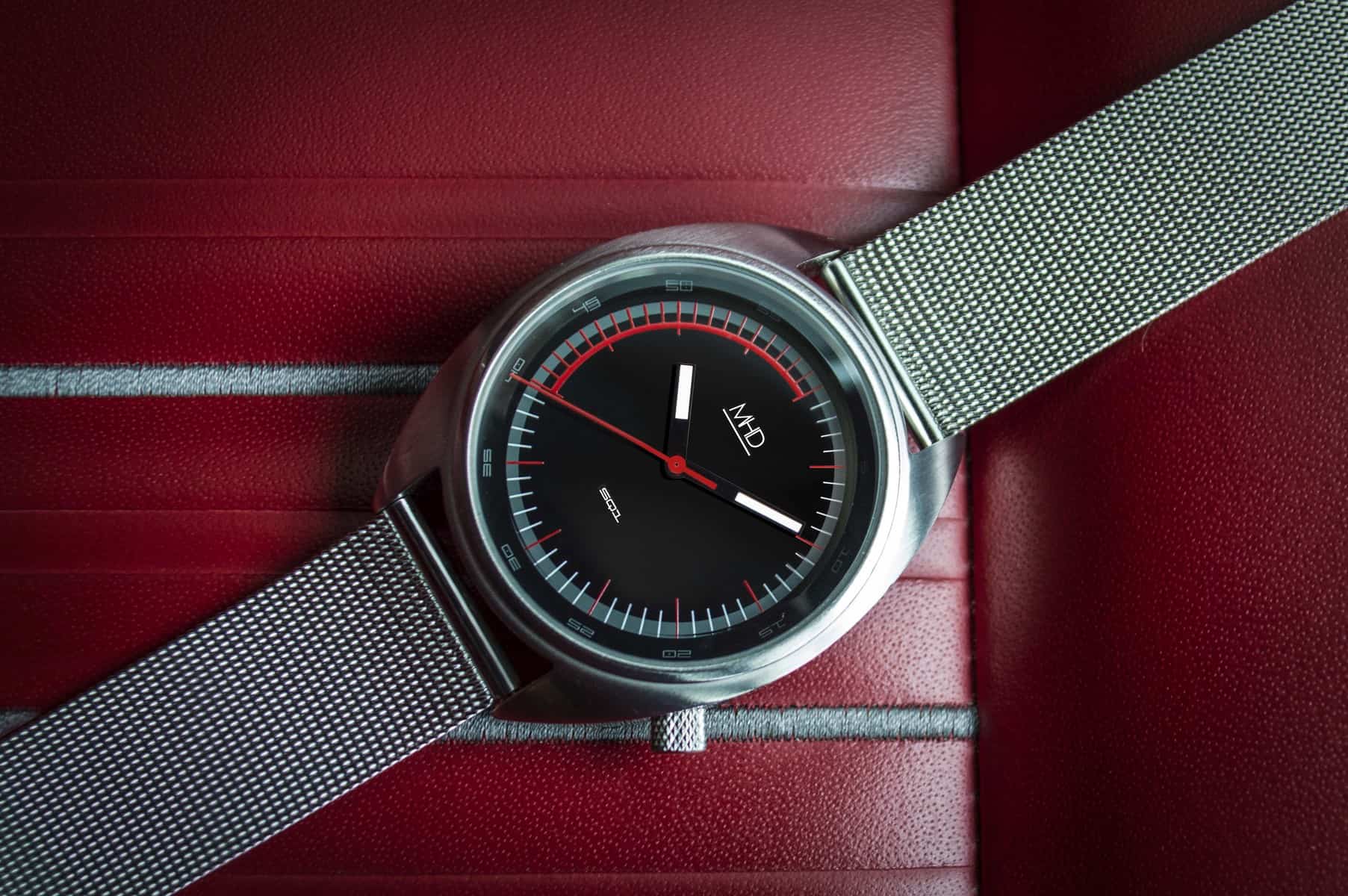
It’s very important to give design options with a watch range but at the same time, they must stick to the core values of the brand and its design sensitivities. At the same time when designing a new watch, you must break some of the rules or we would never change. The core values of the MHD watches are automotive inspired products with a focus on cleanliness, proportion and material choice.
WYCA: Imagine you are giving a style intervention to a friend. He wants to start his first collection of watches. You’ve pointed him to the MHD collection. Where would you suggest he begin for his very first timepiece? Why?
I would suggest the MHD SQ1 on a black stitch black leather rally strap. It may be the simplest watch in our range but you could argue it is pure in its design aesthetic and function as a watch. It can also be worn casually or to more formal events.
WYCA: Finally just some quick rapid fire questions. What watch are you wearing right now?
I’m currently wearing a reverse Panda CR1 on a black and white striped nato strap. I like to change things up as often as possible and show the variety of the range. It’s also nice to brighten up our watches with our Nato strap range as the weather is turning more spring like.
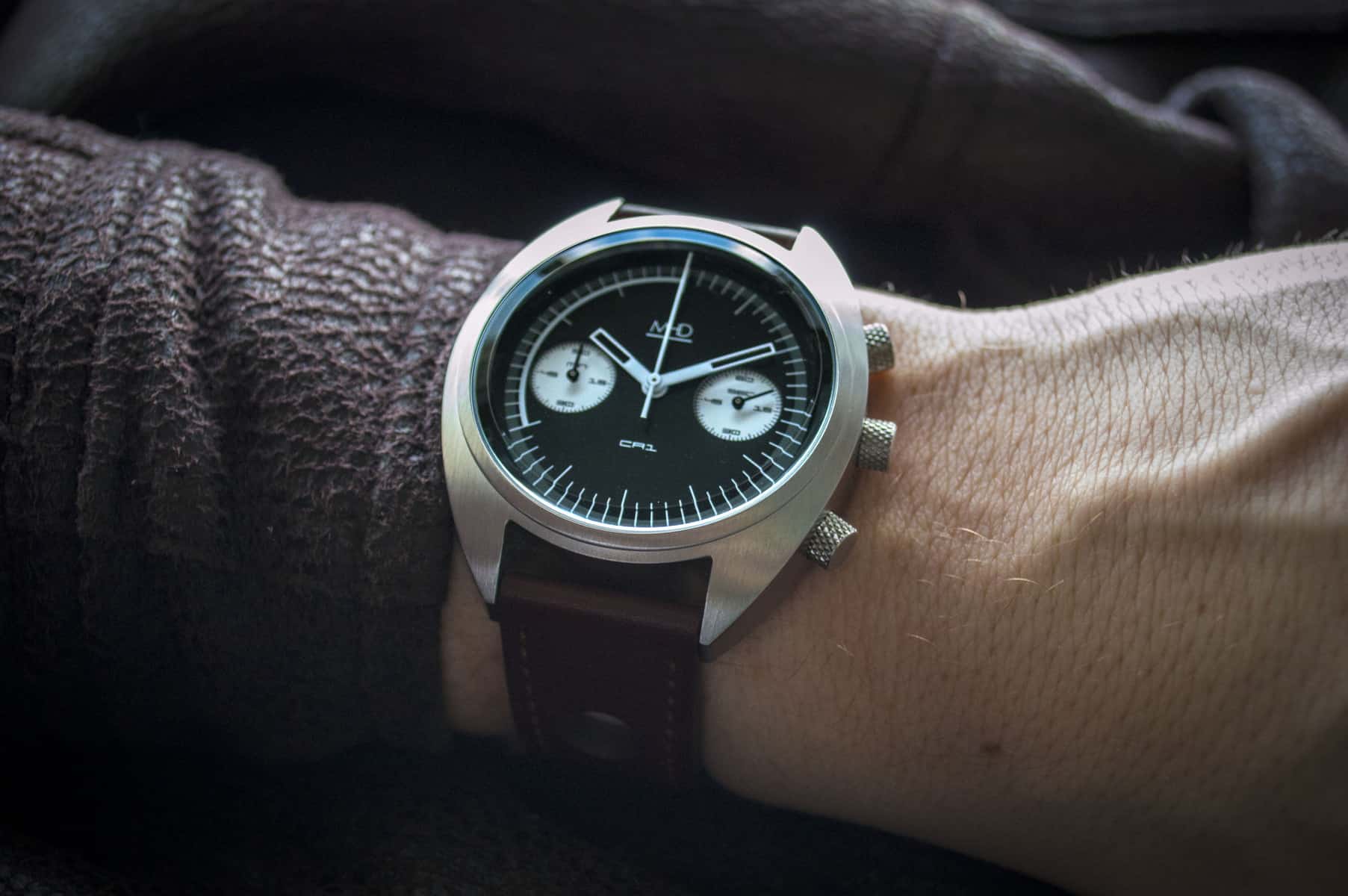
WYCA: You go on a road trip across the continental US. What will you drive?
Well, I’m a Porsche guy and I would love to take a 356 speedster. I know it would be hot and tiring but so much fun and would make for some amazing photography on the way.
WYCA: You have a romantic dinner at a plush restaurant in Hyde Park. What timepiece do you pair with tux and bowtie?
A white dial MHD CR1 on a Milanese metal strap.
WYCA: Finally as a designer you’ve pulled a lot of inspiration from a classical aesthetic and a narrative that comes from a past generation. How do you fuse a modern sensibility about design with classical nuances? What’s the secret to making something vintage new again?
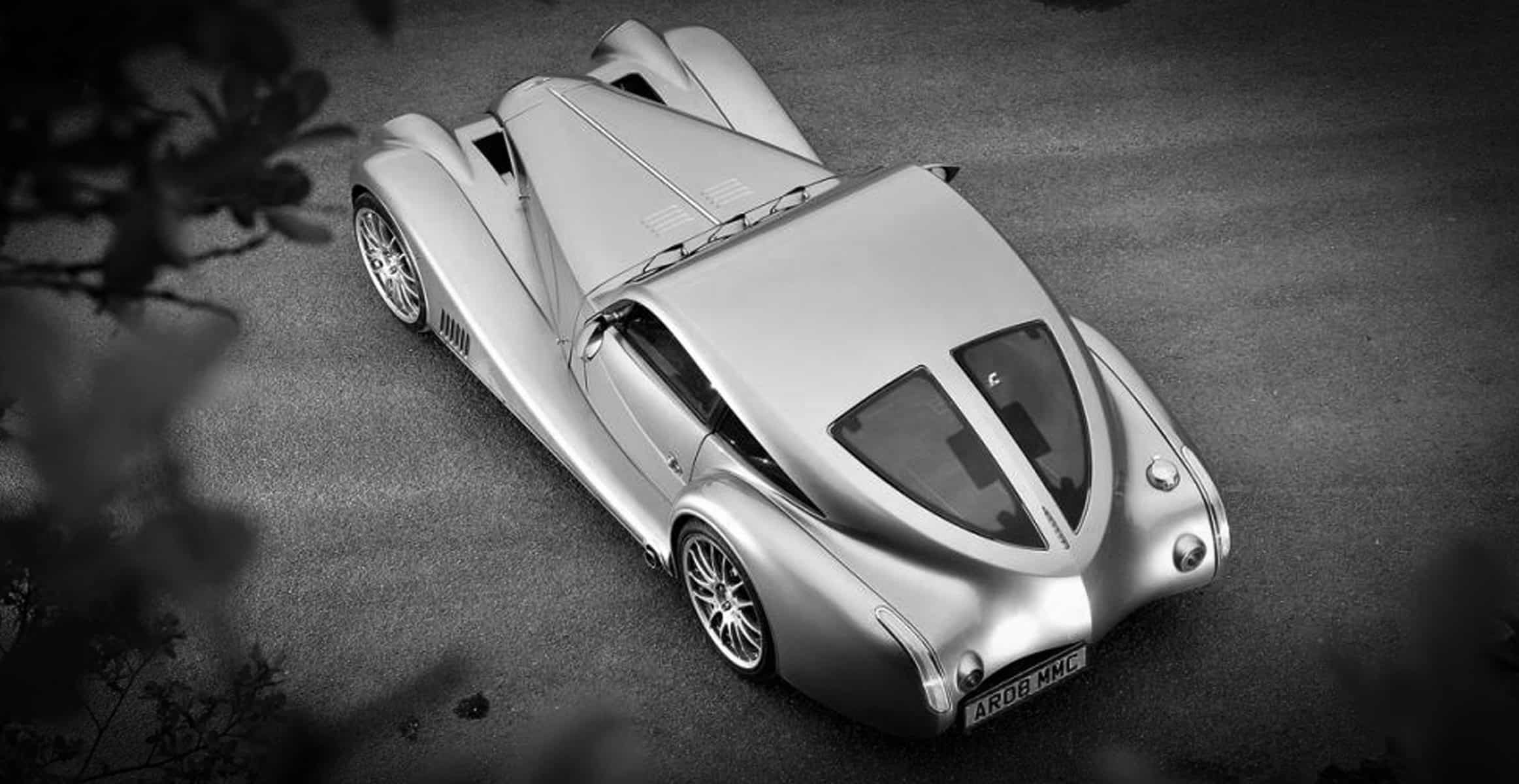
I think it’s about understanding the classic elements of a product and respecting them but not being afraid to break the rules. Materials choice is also key. Traditional materials will never go out of fashion and they can be used in a modern way to give a vintage modern feel.
**
Matthew Humphries’ stunning new timepiece the Panda CR1 is available now. It retails at a starting price of £230.00.
